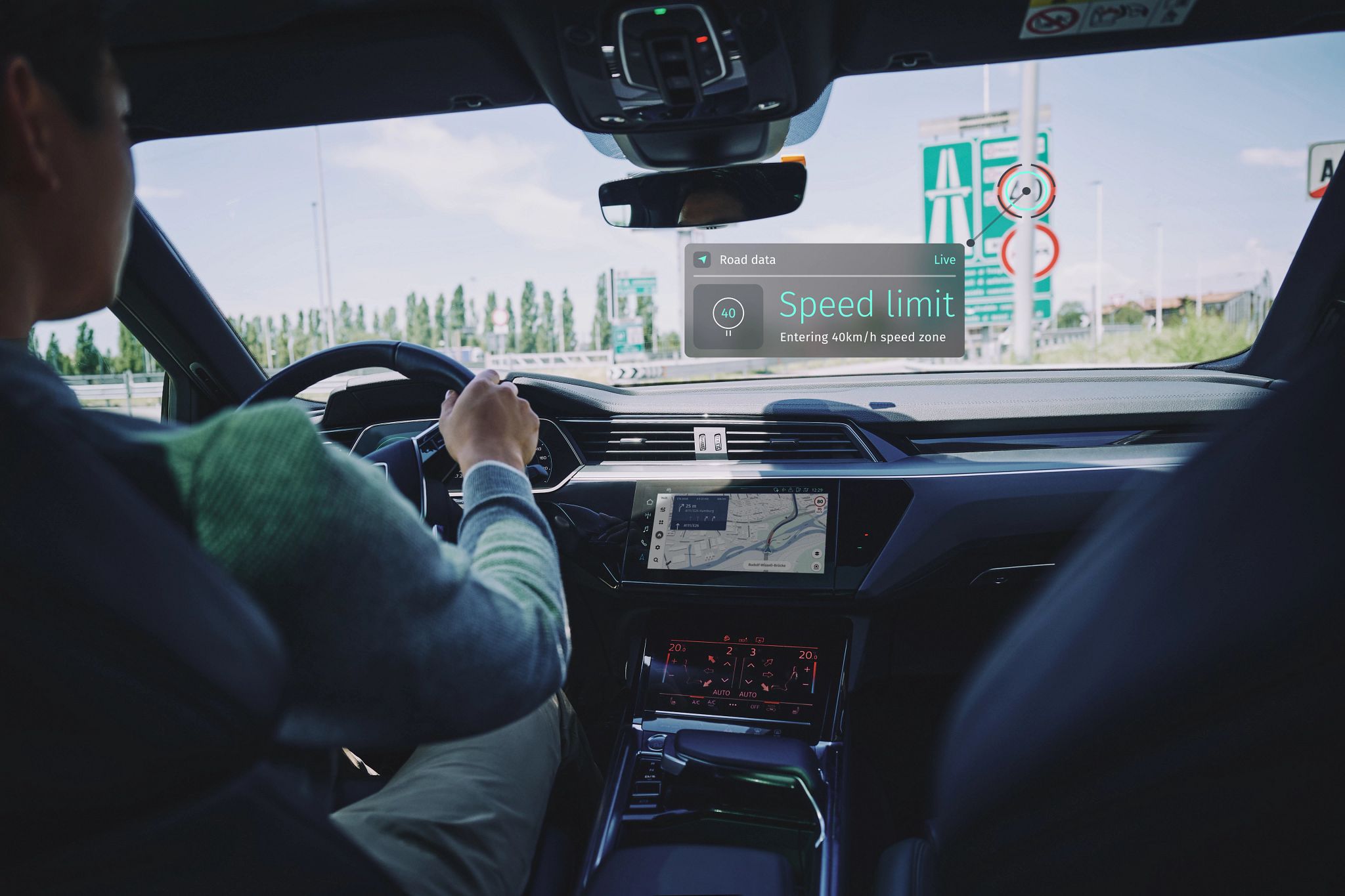How location tech could make South African roads safer

South Africa is one of the world's most dangerous countries to drive in, but a new location-powered safety innovation could turn this around.
South Africa is the world's seventh most dangerous country to drive in, reports World Health Organization data. And speeding is a major contributing factor.
“South Africa arguably has a habitual speeding problem on the roads," said Lee Annamalai, Chief Technology Officer of GeoInt Africa, a location and geospatial intelligence company focused on improving road safety through software.
In the EU, Intelligent Speed Assitance is now mandatory in all new vehicles.
“Speeding is 12 times greater than any other road traffic infringement," added Lee. “We did research together with one of our telematics partners for an insurer, where we looked at 11 million journeys. And what we found is that very often vehicles would exceed the lower speed limits by as much as 16%. When we analyzed the claims data, we found a correlation between accident claims occurring in speed zones that the driver often exceeded."
As well as loss of life, road crashes are expensive. They cost South Africa 142 billion rand (US$9.7 billion) a year, about 3.5% of GDP. “That's about half a percent greater than the international baseline," said Lee.
GeoInt plans to reverse this trend. Using HERE ISA Map, GeoInt has created SpeedFOX for businesses, which provides predictable, real-time, location-aware speed control for fleet, delivery and company car drivers to save time, money and, more importantly, lives.
SpeedFOX, which is an aftermarket product that can be fitted to any vehicle, actively manages a vehicle's speed using semi-autonomous technology. Powered by HERE ADAS data, GeoInt extracts location intelligence such as road geometries, speed restrictions, on- and off-ramps and intersections and builds it into its SpeedFOX device.
“We know that the HERE data is very good with respect to speed limits, road geometry and the completeness of capture," added Lee.

Managing the need for speed
In South Africa, as in many other countries, it's mandatory to have a “single-point" speed limiter in heavy vehicles, which is normally fitted by the OEM. But these speed limits are usually set quite high, so there's still the capacity to exceed the speed limit, especially on lower-speed roads.
SpeedFOX is a multi-point speed limiter. As Lee explains: “It holds you to the legal speed limit for every section of road, and it does it all the time. And because you are now driving at the speed limit, you're safer on the road, using less fuel and producing fewer emissions."
With SpeedFOX, it's important to point out that the driver has full control, and your vehicle always has full power, but when you reach the posted speed limit, the car stops accelerating. And when you go from a higher speed zone to a lower one, the system automatically limits your acceleration further and brings your speed down to the new limits.

“The feedback from our commercial fleet customers has been very favorable. We've actually seen driver behavior change. Within about a week or two, we noticed a significant improvement in driver behavior, and we see that from the data," added Lee.
SpeedFOX, which is being piloted and used by several commercial companies in South Africa, across a range of vehicle types, like Isuzu Trucks and Toyota (commercial vehicles and passenger cars), has a “push to pass" feature, which means you can override the system using your accelerator pedal. “The key thing is, we've actually started seeing people use this feature less, which means they are driving at the posted speed limit pretty much most of the time," said Lee. “That positive driver behavior is really valuable, because that's when you get the long-term sustainable effects."
The company is not content with stopping at South Africa either. With the support of HERE, Lee hopes to expand SpeedFOX into other markets. And with ISA systems becoming mandatory for all new models introduced to market in the EU from July 2022, the time has never been better to make a huge impact on global road safety.
Have your say
Sign up for our newsletter
Why sign up:
- Latest offers and discounts
- Tailored content delivered weekly
- Exclusive events
- One click to unsubscribe


